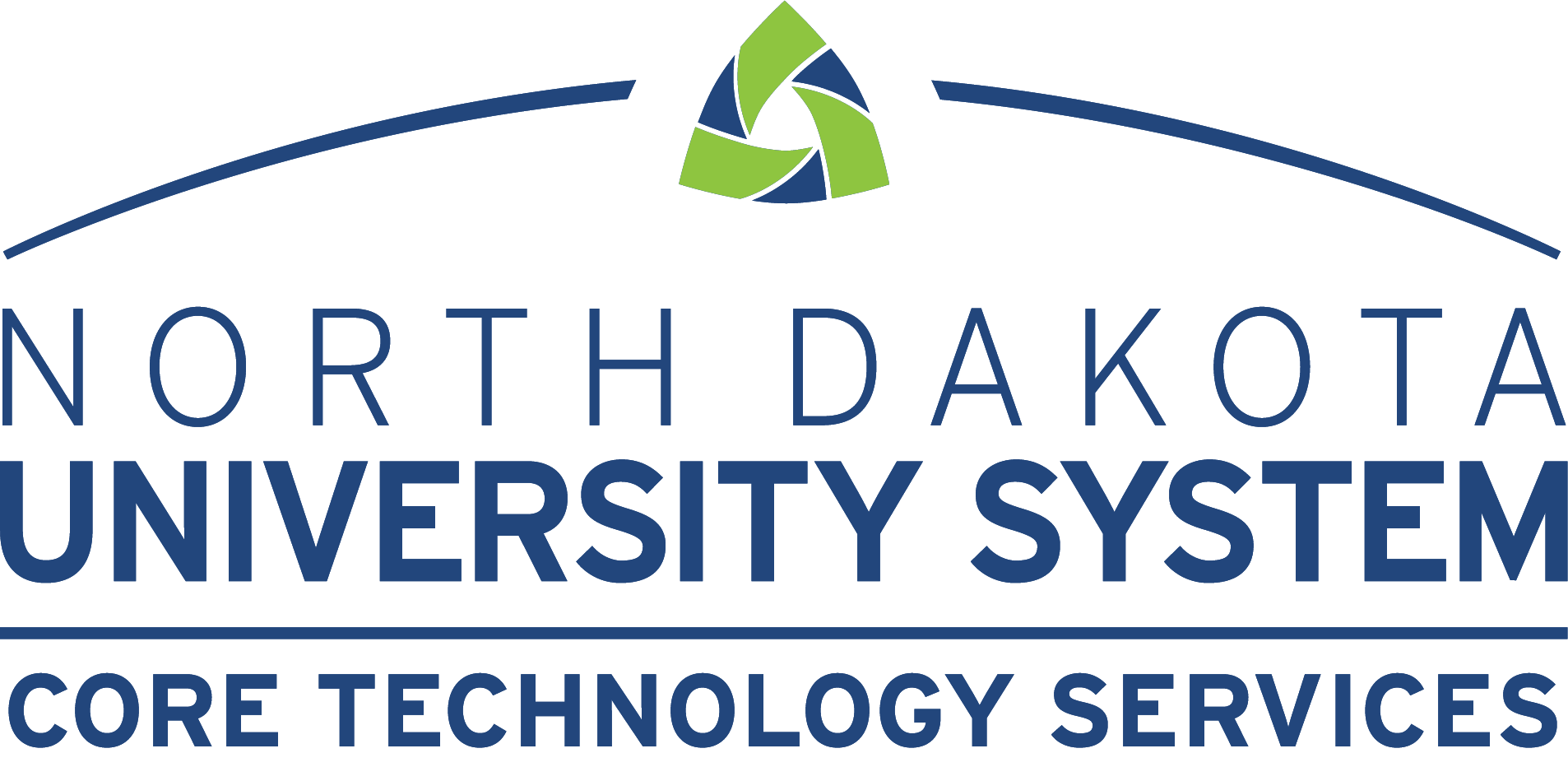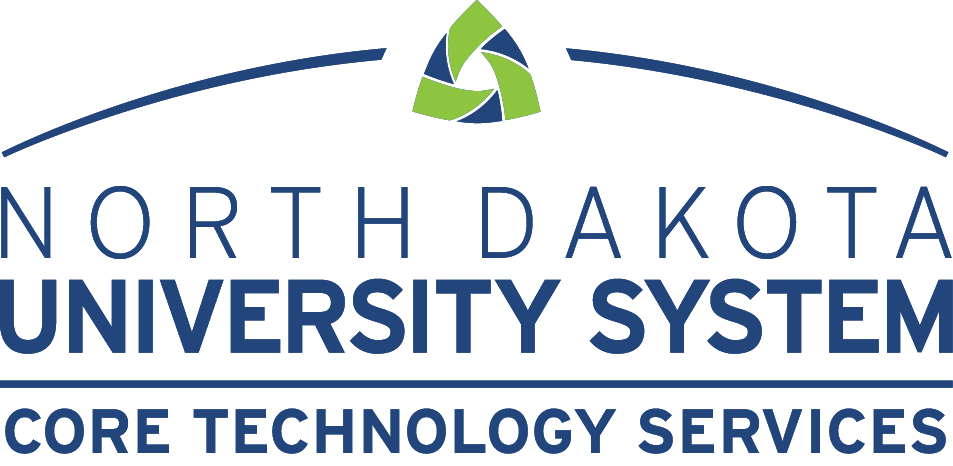The NDUS definition of Information Technology (IT) includes, but is not limited to hardware, software, services, and supporting infrastructure to manage and deliver information using voice, data, and video. To further define information technology, the following information is provided.
Information Technology expenses include:
- All computers with a human interface.
- All computer peripherals which will not operate unless connected to a computer or network.
- All voice, video and data networks and the equipment, staff and purchased services necessary to operate them.
- All salary and benefits for staff whose job descriptions specifically includes technology functions, i.e. network services, applications development, systems administration.
- All technology services provided by vendors or contractors.
- All licensing and maintenance of software.
Examples of Information Technology:
- Traditional computer applications that include data storage and programs to input, process, and output the data.
- Server hardware and software used to support applications such as electronic mail/groupware, file and print services, database, application/ web servers, storage systems, and other hosting services.
- Data, voice, and video networks and all associated communications equipment and software.
- Telephone equipment and switches used for voice communications.
- Voice response systems that interact with a computer database or application.
- Software and support for office automation systems such as word processing and spreadsheets, as well as the computer to run them.
- Computers, learning management and network systems used by teachers, trainers, and students for educational purposes.
- Personal computers and associated software.
Examples of items excluded from the definition:
- “Closed/stand-alone” computer systems that monitor or automate mechanical or chemical processes, such as the fire alarm systems.
- Audio-visual equipment which can be operated as a standalone piece of equipment, such as televisions, tape recorders, VCRs, video cameras, and overhead projectors. Stand-alone video editing equipment is excluded.
- Copy machines and fax machines that are standalone equipment and not connected to the network.
- Licenses or subscriptions to electronic information provided to users in lieu of books or magazines.
- Salaries of staff that use technology but are not directly involved in developing, implementing or supporting technology as documented on their Position Description. Data entry staffs, staff that digitize drawings, staff that do desktop publishing are excluded. “Power users” who use advanced features of spreadsheets or word processing software are excluded.
- Course development and materials are excluded; however, equipment to operate course materials and learning management systems are not excluded.


